Pumpkin seeds, also known as pepitas, are highly sought-after due to their numerous health benefits and culinary versatility. Green pumpkin seeds, in particular, are popular for their fresh flavor and vibrant color. In this summary, we will explore the purchase and price dynamics surrounding green pumpkin seeds, outlining key factors that influence their pricing and providing insights into their market trends. Factors Affecting the Purchase of Green Pumpkin Seeds: 1. Quality: The quality of green pumpkin seeds is a crucial factor impacting their purchase. Buyers tend to look for seeds that are plump, well-shaped, and uniform in size. Seeds with a fresh, bright green color are preferred, indicating that they are harvested at the appropriate stage of maturity.
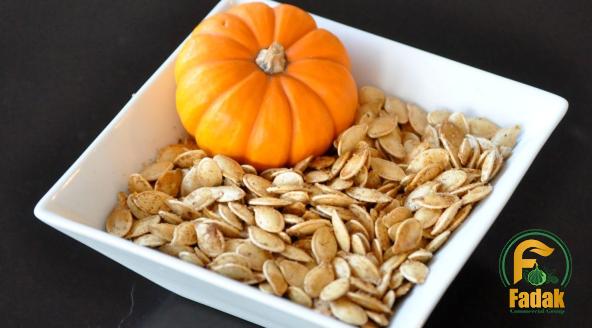
nut
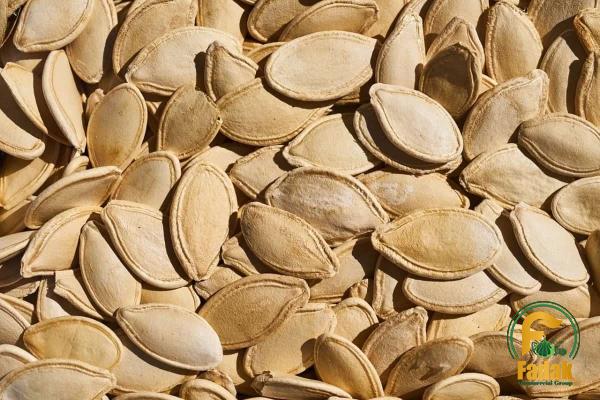 2. Origin and Source: The geographic origin and source of green pumpkin seeds play a significant role in purchase decisions. Certain regions, such as China, Mexico, and some Eastern European countries, are known for their high-quality pumpkin seeds, and products from these locations often command a premium price due to their reputation. 3. Organic and Non-GMO Certification: Growing concerns regarding health and food safety have led to an increasing demand for organic and non-GMO certified green pumpkin seeds. Consumers are willing to pay a premium for seeds that are free from genetic modification and have been produced using organic farming practices. 4. Packaging and Presentation: The presentation and packaging of green pumpkin seeds can also influence their purchase. Attractive and well-sealed containers appeal to consumers, offering convenience and ensuring product freshness. Clear and accurate labeling provides important information about the product, including nutritional values and allergen warnings. Price Determinants for Green Pumpkin Seeds: 1. Global Supply and Demand: The global supply and demand dynamics have a significant impact on the price of green pumpkin seeds. Factors such as weather conditions, crop yields, and production levels in major exporting countries can influence market prices. Increased demand from the food industry, health-conscious consumers, and the rising popularity of plant-based diets can drive prices higher.
2. Origin and Source: The geographic origin and source of green pumpkin seeds play a significant role in purchase decisions. Certain regions, such as China, Mexico, and some Eastern European countries, are known for their high-quality pumpkin seeds, and products from these locations often command a premium price due to their reputation. 3. Organic and Non-GMO Certification: Growing concerns regarding health and food safety have led to an increasing demand for organic and non-GMO certified green pumpkin seeds. Consumers are willing to pay a premium for seeds that are free from genetic modification and have been produced using organic farming practices. 4. Packaging and Presentation: The presentation and packaging of green pumpkin seeds can also influence their purchase. Attractive and well-sealed containers appeal to consumers, offering convenience and ensuring product freshness. Clear and accurate labeling provides important information about the product, including nutritional values and allergen warnings. Price Determinants for Green Pumpkin Seeds: 1. Global Supply and Demand: The global supply and demand dynamics have a significant impact on the price of green pumpkin seeds. Factors such as weather conditions, crop yields, and production levels in major exporting countries can influence market prices. Increased demand from the food industry, health-conscious consumers, and the rising popularity of plant-based diets can drive prices higher.
Specifications of nut
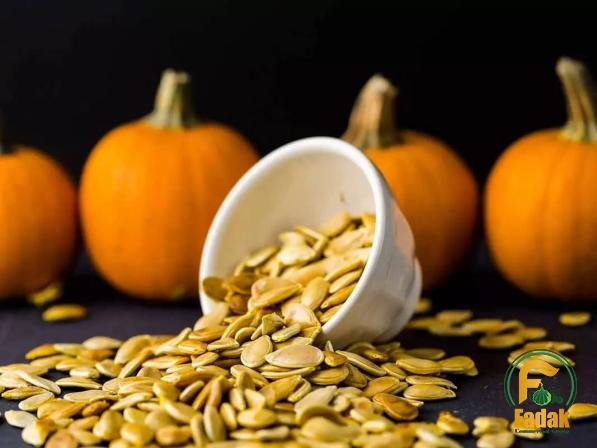 2. Harvesting and Processing Costs: The cost of harvesting and processing green pumpkin seeds can impact their pricing. Labor costs, machinery requirements, and post-harvest processes (cleaning, drying, and packaging) contribute to the overall production expenses. Any fluctuations in these costs can directly influence the final price of the product. 3. Currency Exchange Rates: Since green pumpkin seeds are often traded internationally, currency exchange rates can affect their price. Changes in exchange rates between countries can lead to fluctuations in import and export costs, which in turn impact the final retail price of green pumpkin seeds. 4. Time of Year: Seasonal availability can also play a role in pricing considerations. Green pumpkin seeds tend to have a peak season between the months of September and November, after the fall harvest.
2. Harvesting and Processing Costs: The cost of harvesting and processing green pumpkin seeds can impact their pricing. Labor costs, machinery requirements, and post-harvest processes (cleaning, drying, and packaging) contribute to the overall production expenses. Any fluctuations in these costs can directly influence the final price of the product. 3. Currency Exchange Rates: Since green pumpkin seeds are often traded internationally, currency exchange rates can affect their price. Changes in exchange rates between countries can lead to fluctuations in import and export costs, which in turn impact the final retail price of green pumpkin seeds. 4. Time of Year: Seasonal availability can also play a role in pricing considerations. Green pumpkin seeds tend to have a peak season between the months of September and November, after the fall harvest.
buy nut
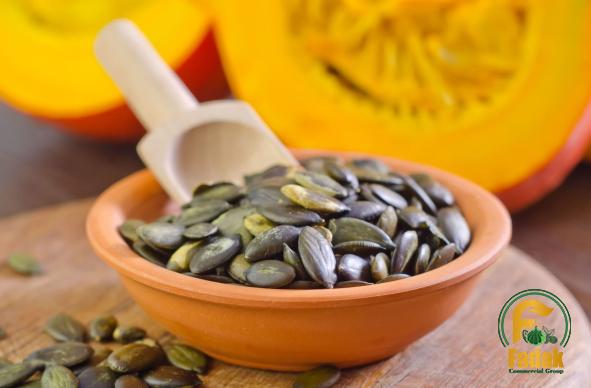 During this time, when supply is abundant, prices may be lower compared to off-season periods. Market Trends and Future Outlook: The market for green pumpkin seeds is expected to witness notable growth in the coming years due to increasing awareness of their nutritional benefits and growing consumer interest in healthy snacking options. The rising popularity of vegan and plant-based diets is also expected to fuel the demand for green pumpkin seeds, as they are an excellent plant-based protein source. Moreover, the increasing focus on sustainable and organic farming practices is likely to drive the demand for organic and non-GMO certified green pumpkin seeds, which may command a premium price in the market. It is important to note that while the purchase and price dynamics for green pumpkin seeds are influenced by various factors, the market conditions and consumer preferences may vary across different regions and countries. Local tastes, cultural traditions, and dietary preferences can also impact purchasing decisions and price structures. Conclusion: Understanding the purchase and price dynamics of green pumpkin seeds is crucial for both buyers and sellers in the market. Quality, origin, and packaging are key factors that influence buyer decisions, while global supply and demand, harvesting costs, exchange rates, and seasonal availability affect pricing. As the popularity of green pumpkin seeds continues to rise, it is essential to stay informed about market trends and consumer preferences to make informed decisions in this thriving industry.
During this time, when supply is abundant, prices may be lower compared to off-season periods. Market Trends and Future Outlook: The market for green pumpkin seeds is expected to witness notable growth in the coming years due to increasing awareness of their nutritional benefits and growing consumer interest in healthy snacking options. The rising popularity of vegan and plant-based diets is also expected to fuel the demand for green pumpkin seeds, as they are an excellent plant-based protein source. Moreover, the increasing focus on sustainable and organic farming practices is likely to drive the demand for organic and non-GMO certified green pumpkin seeds, which may command a premium price in the market. It is important to note that while the purchase and price dynamics for green pumpkin seeds are influenced by various factors, the market conditions and consumer preferences may vary across different regions and countries. Local tastes, cultural traditions, and dietary preferences can also impact purchasing decisions and price structures. Conclusion: Understanding the purchase and price dynamics of green pumpkin seeds is crucial for both buyers and sellers in the market. Quality, origin, and packaging are key factors that influence buyer decisions, while global supply and demand, harvesting costs, exchange rates, and seasonal availability affect pricing. As the popularity of green pumpkin seeds continues to rise, it is essential to stay informed about market trends and consumer preferences to make informed decisions in this thriving industry.
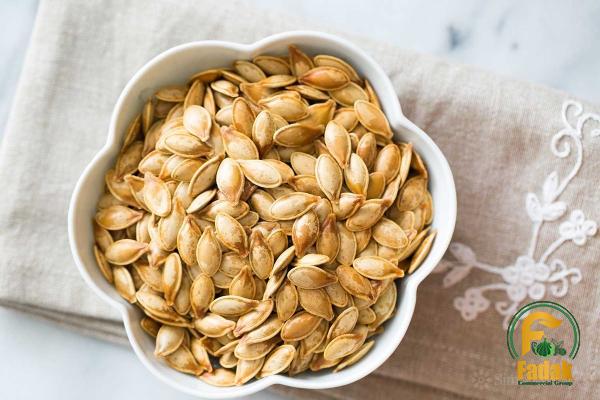
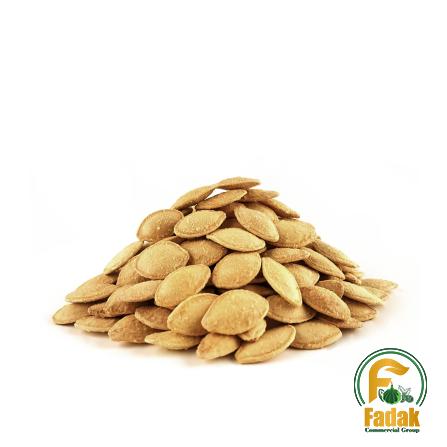

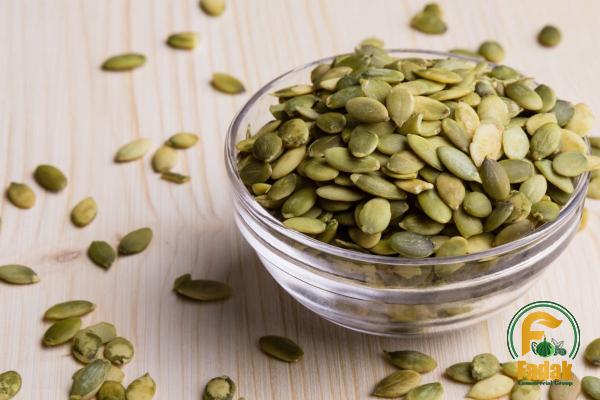
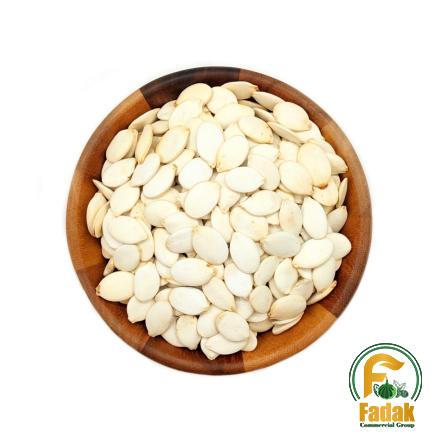
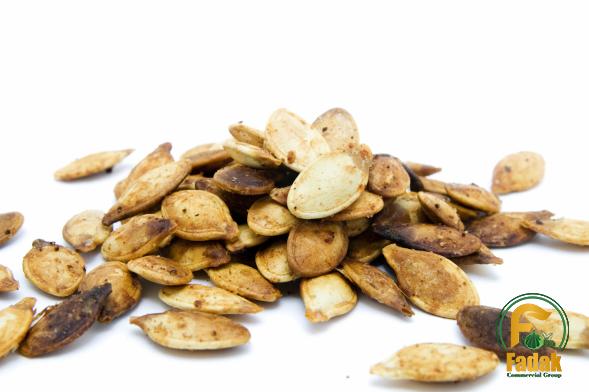
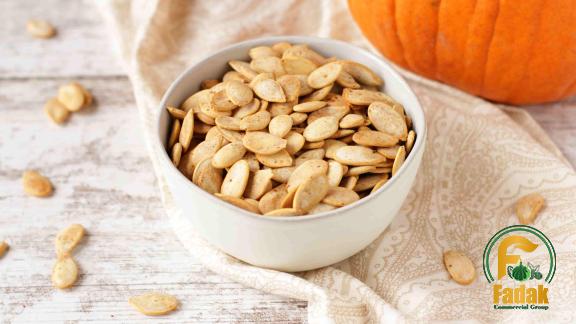
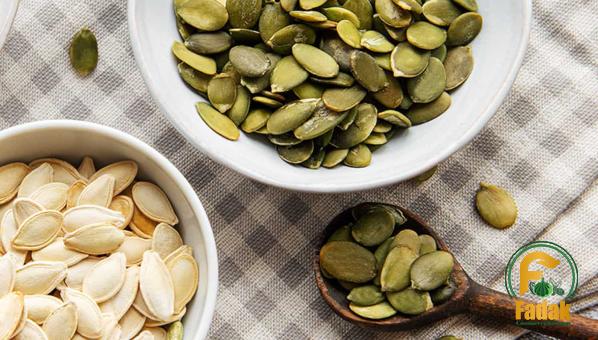

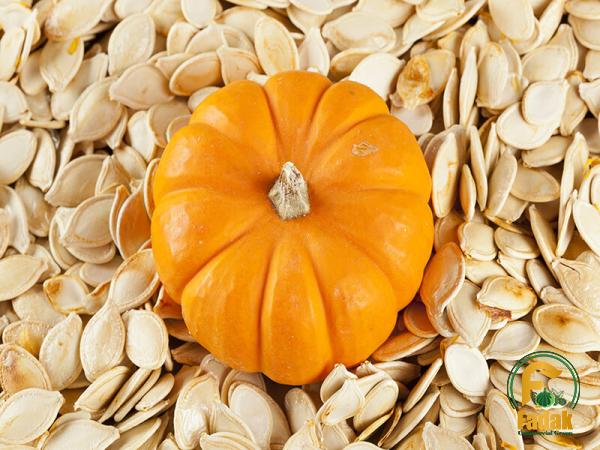
Your comment submitted.